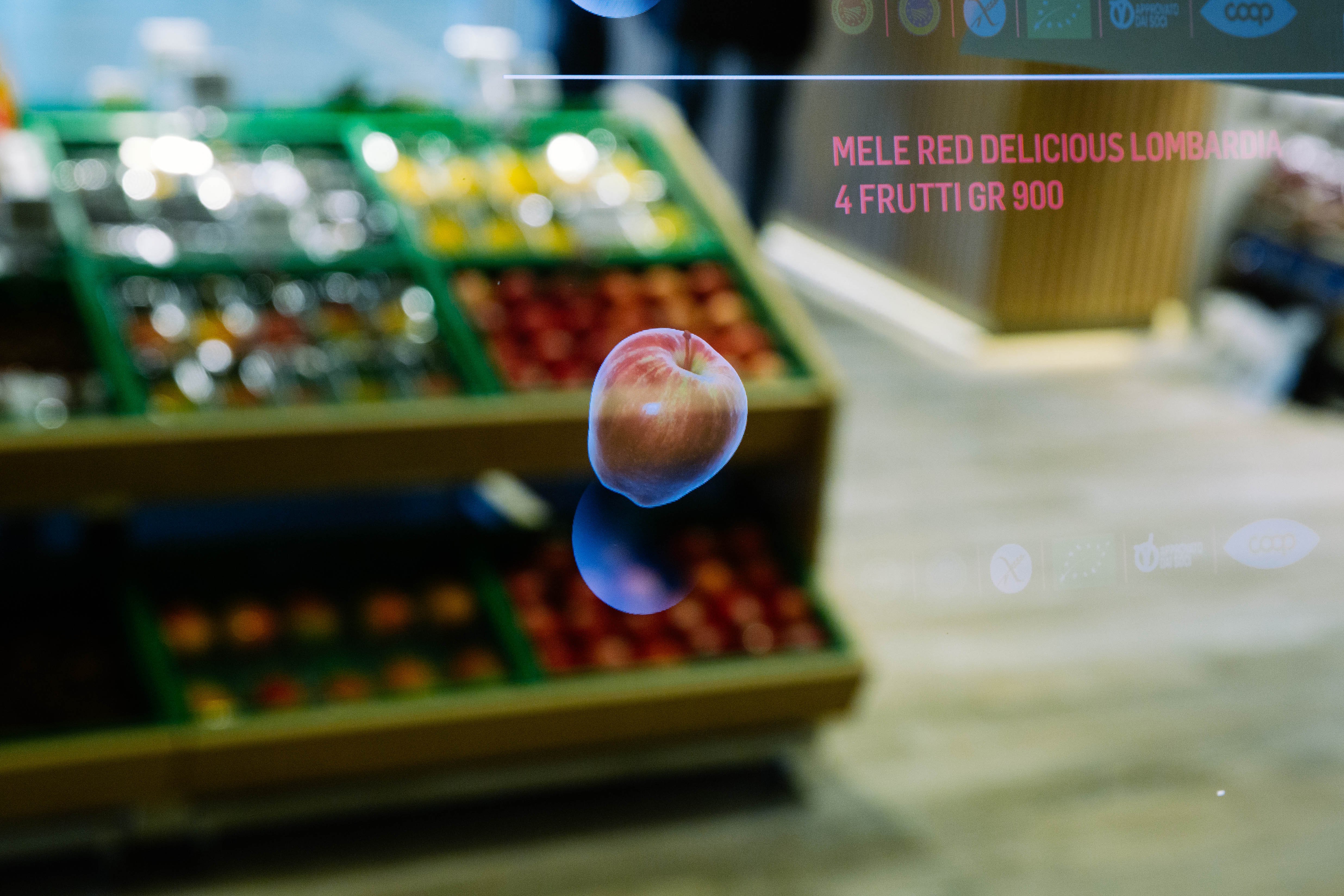With the gloss well and truly worn off self-service checkouts, Amazon and Coop have each come up with a vision for what they see as the supermarket of the future.
Amazon this week lifted the lid on a concept supermarket it will trial in the United States. The store in Seattle is presently open to employees only, but that will expand to the public sometime in 2017.
Italian supermarket chain Coop, meanwhile, unveiled a slightly more conventional concept store in the suburbs of Milan.
Both chains provide a glimpse of what the future of food shopping might look like.
Amazon’s concept, known as Go, is the product of four years’ work. It is designed to enable shoppers to simply enter, pick up what they need and leave, with their shopping automatically tallied and billed as they exit.
The online retailer said the concept used “deep learning algorithms, computer vision and sensor fusion much like you’d find in self driving cars.”
Prospective shoppers download an Amazon Go app and enter the store by touching a QR code in the app to a reader on the store’s electronic entry gates.
Once inside, they simply sheathe their phone and start shopping. Items that they pick up from the shelf are placed into a “virtual shopping cart”; the technology is smart enough to add and remove items if the shopper changes their mind and puts an item back.
“When you leave our technology adds up your virtual cart, charges your Amazon account, and sends the receipt to the app,” Amazon said.
Exactly how Amazon’s Go technology works is a bit hazy. Its requisite parts seem able to track what people look at and pick off the shelves and then to tie that to the individual shopper and their account, but no one is sure exactly how.
However, the contactless payment technology could be a boon for supermarket operators that struggle with the efficacy of current technology solutions. Coles, for example, said it had caught 11,000 people in the past year thieving product with the aid of the self-service checkouts.
Also this week, Coop presented its vision for the supermarket of the future, using technology provided by the Microsoft- and Accenture-owned integrator Avanade.
Its concept store is perhaps a more digitally-enhanced version of an existing supermarket rather than a disruptive challenger like Amazon’s Go. However, it also provides some clues for how food shopping might evolve.
One of the key technology pieces that Coop is seeking to take advantage of is augmented reality.
The concept store contains “large interactive tables” displaying certain products. Shoppers can use “a simple movement of the hand” to display augmented information about the product on a monitor, “including its origins, nutritional facts, the presence of allergens, waste disposal instructions, correlated products and promotions.”
“This augmented experience is made possible by Microsoft Kinect sensors that use body detection to interpret the customer’s gestures,” the company said.
A “touch application” has also been integrated into the product shelving, which has the effect of acting as a kind of “augmented label that gives the customer deeper insight into the product they are purchasing.”
In addition, the store has been fitted with digital signage to interact with shoppers as they move through the store.
“Through Coop’s Supermarket of the Future, we are bringing to life how the physical and the digital are capable of converging to create an engaging and immersive grocery shopping experience,” said Alberto Pozzi, managing director of Accenture’s retail practice in Italy.
“Coop is shaping the future of supermarkets by combining hyper personalisation, deep product information and connected devices in-line with customer buying journeys.”
It’s unclear when some of these innovations might find their way into Australian supermarkets but many retail eyes will be trained on gauging the success of these concept stores.
Given Amazon’s reputation for disruption, its Go concept provides plenty of promise for a frictionless future shopping experience.









